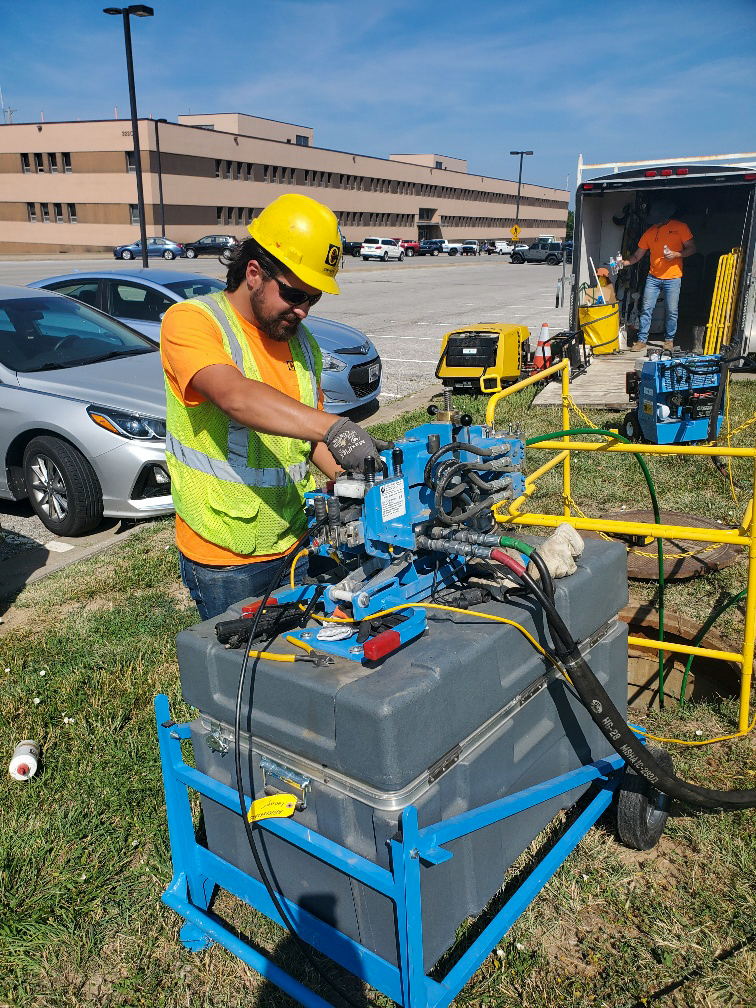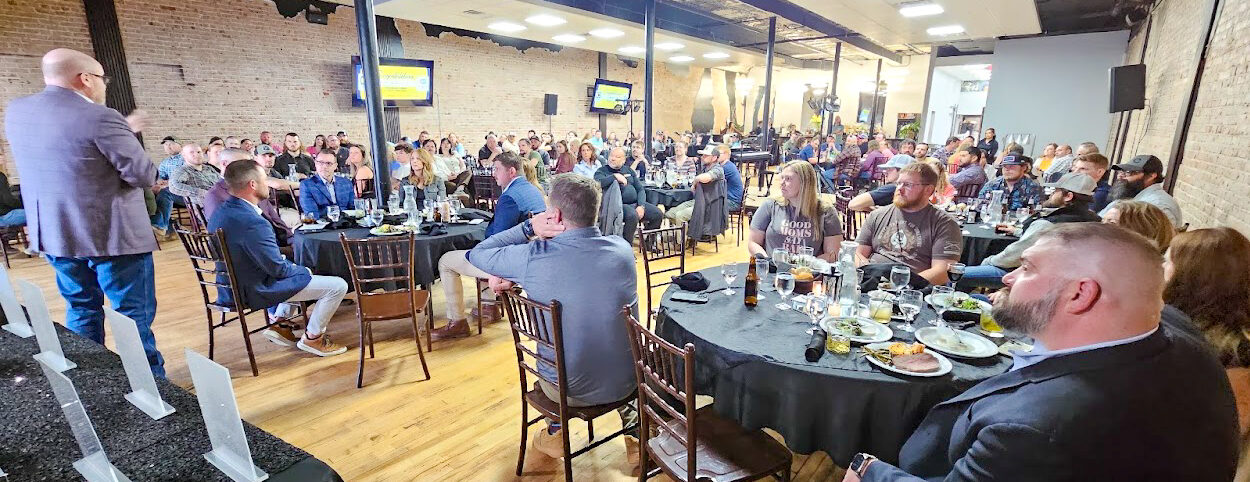By Dan Maca – Project Manager, RCDD | Omaha, NE
Commonwealth Electric Company of the Midwest’s location in Omaha, NE, recently performed a large outside plant (OSP) fiber installation at a nearby military base. As part of the project, Commonwealth purchased a new fiber-blowing system from Condux International and performed the installation in-house. The fiber portion of the Military Base Project scope was to place three 29,000-foot microfiber cables in three existing microduct pathways.
Fiber cable blowing is a process that involves using a machine to push fiber optic cable through a conduit by suspending it in the duct with pressurized air. At the same time, a belt drive propels the fiber into the duct system. This installation method is great for long distances, with an effective range of thousands of feet under ideal conditions. It is also attractive for several other reasons, including having fewer splice points and handholes, needing less manpower for installation, and having a lower risk of damaging the fiber during installation. However, blowing fiber is a relatively new technology; training is required to operate, install, and maintain the equipment properly.
The greatest challenge when installing cables longer than five miles is managing how much footage one can place before resetting pull points. The fiber blowing method is beneficial because the equipment allows one to move the fiber through several thousand feet of microduct before needing to re-spool and reset the equipment.
On this project, the team installed each cable while resetting our pull points just ten times. The crew averaged 2,900 feet for each pull point. By comparison, if a contractor were installing one of these fibers using traditional pulling methods, the crew would have had to reset pull points 50 times for each of the three fiber cables. Pulling fiber in and out of 50 different manholes would have increased the manhours used on the project by five times what was worked.
Our team looks forward to using this technology for projects in the future.

Low Voltage General Foreman Ryan Mitchell operates a cable blowing machine.







